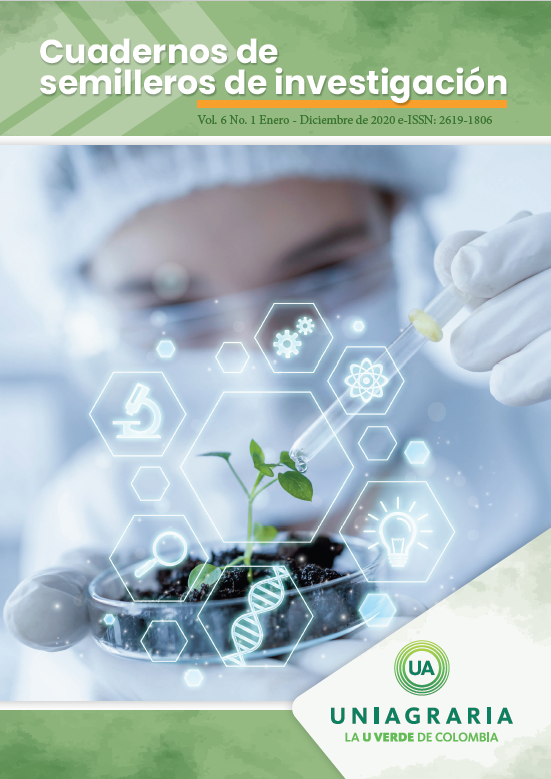Abstract
The retention capacity of lead (Pb2+) in solution was determined due to the presence of the Chlorella vulgaris microalgae, presenting like a possible bioremediation method for contaminated water with this heavy metal. Initially, the optimal conditions were determined to generate an adequate culture in the chemistry laboratory. Then, aqueous samples of the microalgae were contaminated and the change in the concentration of the heavy metal in said solutions was quantified through the formation of a colored complex of lead with dithizone, which was measured using UV-Vis spectrophotometry. Finally, analyzing the results obtained, it is possible to optimize the cultivation conditions, a maximum decrease in the concentration of 49% is determined and the projection of this method is proposed as a proposal for the decontamination of waters that contain other heavy metals.Downloads
Download data is not yet available.
